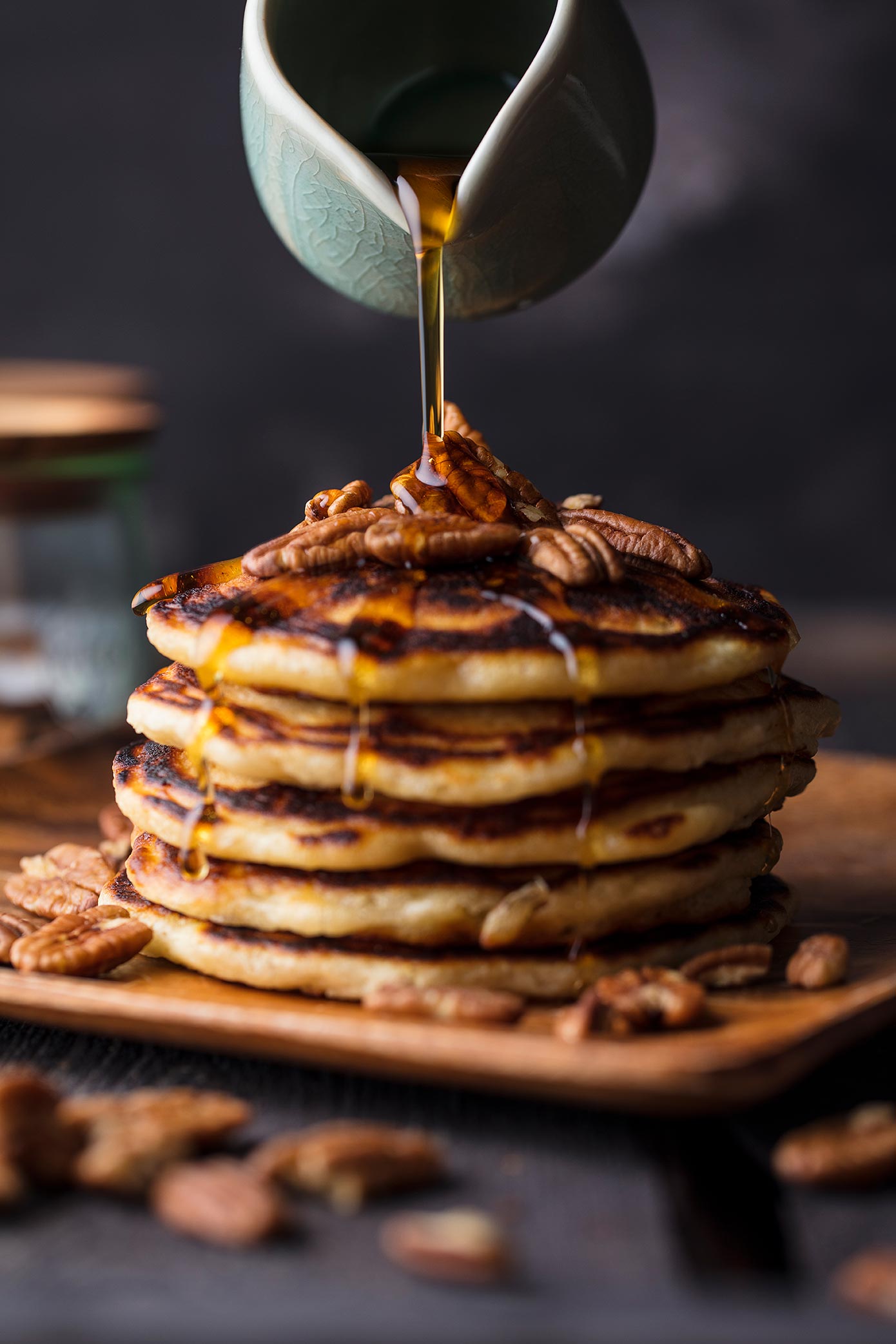Aramis Shop: Your Hub for Stylish Living
Discover the latest trends in home decor, fashion, and lifestyle at Aramis Shop.
Snap, Sizzle, and Serve: Capturing Deliciousness on Camera
Discover tips to snap, sizzle, and serve mouthwatering food photos that will make your followers salivate! Unlock your inner food photographer!
5 Tips for Photographing Food Like a Pro
Capturing stunning food photographs can elevate your culinary creations and make your blog more appealing. Here are 5 tips for photographing food like a pro:
- Lighting: Natural light is your best friend when it comes to food photography. Aim for soft, diffused light by shooting near windows during the day or using a lightbox for controlled conditions.
- Composition: Play with angles and framing to make your dishes pop. A 45-degree angle often works well for capturing depth, while a bird’s-eye view can showcase intricate plating.
- Props: Use complementary props to enhance the mood of your photo. Consider the colors and textures of your plates, utensils, and backgrounds for a cohesive look.
- Focus: Ensure your main subject is in sharp focus. Using a shallow depth of field can help blur out distractions and draw attention to your food.
- Editing: Don’t forget to edit your photos to enhance their appeal! Basic adjustments to brightness, contrast, and saturation can significantly improve your final image.

The Art of Plating: How Presentation Can Elevate Your Food Photos
The art of plating is crucial for transforming a simple meal into a visually stunning creation that can captivate viewers. When we look at food, our eyes often make the first judgment before the palate even gets involved. A well-plated dish draws attention and invites appreciation, enhancing the overall experience of the meal. Consider the principles of composition, color contrast, and balance when arranging your food. For instance, using various textures and colors can create a dynamic presentation, making elements pop against each other. Remember to leave some negative space on the plate to allow the dish to breathe, which can often emphasize the focal point of your culinary artwork.
Incorporating garnishes and finishing touches can elevate your food photos to a professional level. Simple additions like fresh herbs, edible flowers, or a drizzle of sauce can add that final touch of elegance, making the dish more inviting. Always keep in mind the color wheel and how complementary colors can enhance the visual appeal. Experimenting with various plating techniques, such as stacking or using unconventional serving dishes, can also create unique presentations that stand out. Ultimately, the goal is to intrigue and inspire, making viewers not just want to eat the food, but to appreciate the craftsmanship behind the plate.
What Lighting Works Best for Capturing Delicious Food Shots?
When it comes to capturing delicious food shots, lighting plays a crucial role in showcasing the colors and textures of the dish. Natural light is often considered the best option for food photography, as it brings out the freshness and vibrancy of the ingredients. Positioning your setup near a large window can help you take advantage of this soft, diffused light. If you're shooting during the day, aim for the golden hour—just after sunrise or before sunset—when the light is warm and inviting.
If shooting indoors or when natural light isn't available, consider using artificial lighting that mimics daylight, such as LED lights or softboxes. These tools provide a consistent and controllable light source, minimizing harsh shadows and bright spots. For optimal results, experiment with the positioning of your lights. A commonly used technique is to set up the light at a 45-degree angle to the subject, which not only gives a pleasing depth but also enhances the details of the food, creating an appetizing appeal.